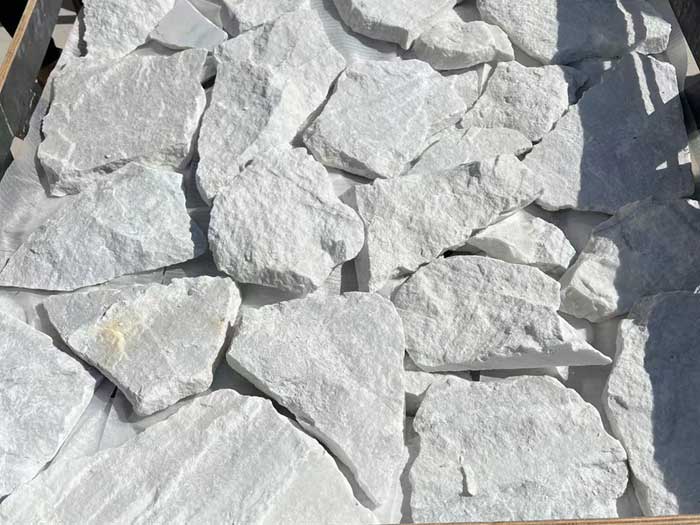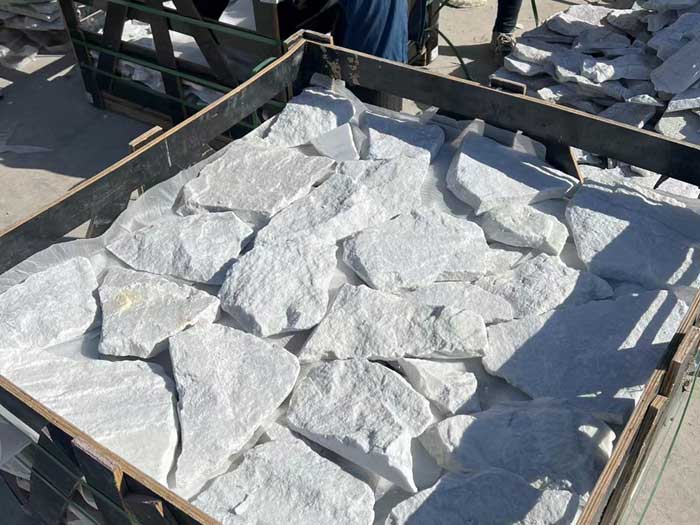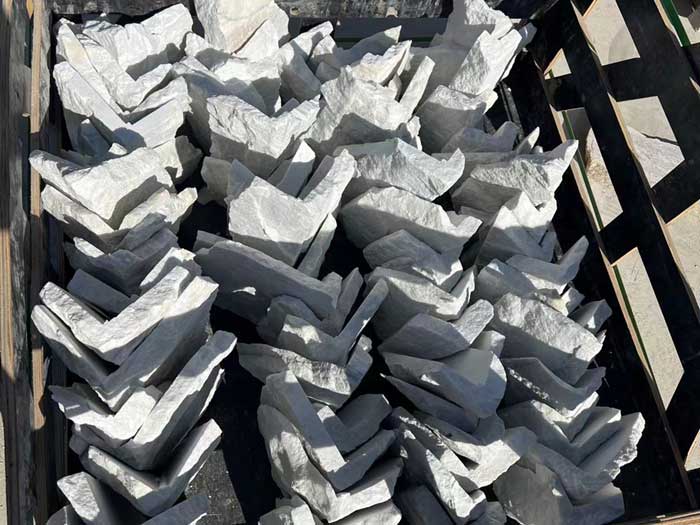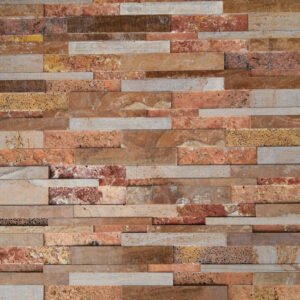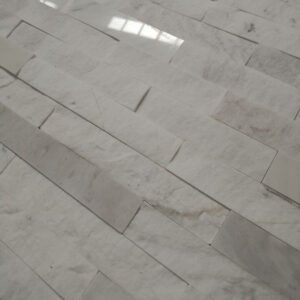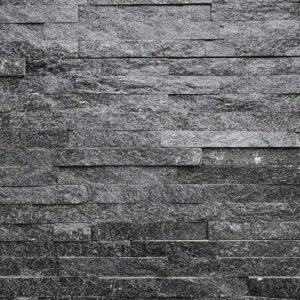What is the difference between quartzite and granite?
Both are natural stones, but quartzite is metamorphic rock formed from sandstone subjected to extreme pressure and heat. This process creates different mineral structures than granite, resulting in superior hardness on the Mohs scale (7 for quartzite vs. 6–7 for granite). Quartzite resists staining better and maintains its appearance longer in exterior applications.
Can Exterior White Quartzite Loose Stone Veneer & Random Wall Cladding be installed in freeze-thaw climates?
Yes. White quartzite has been ASTM-tested for 30 freeze-thaw cycles with zero material degradation. Installations in cold climates, mountainous regions, and northern latitudes perform identically to installations in mild climates. Proper drainage and installation technique are more important than climate.
What is the lifespan of a white quartzite cladding installation?
Properly installed quartzite cladding lasts 50 years or longer without replacement or major maintenance. The stone does not degrade from UV exposure, temperature fluctuation, or moisture. Lifespan is essentially unlimited if installation is performed correctly.
Does Exterior White Quartzite Loose Stone Veneer & Random Wall Cladding require sealing?
Sealing is optional. The ultra-low porosity of quartzite (typically below 1%) means sealing does not significantly impact performance. Many installations remain unsealed for decades without problems. Sealing is recommended in high-moisture environments (coastal areas, shade, frequent rain) to ease maintenance and prevent minor staining.
Can the random loose stone pattern be controlled?
To some degree, yes. Masons can arrange stones to create desired visual effects: emphasizing horizontal lines, creating vertical emphasis, or blending pieces for uniform appearance. However, the random nature of loose stone means each installation is unique. This unpredictability is a benefit, not a limitation—it creates one-of-a-kind results that repeat installations never duplicate.
What substrate preparation is required?
Walls must be structurally sound and capable of supporting the material weight. Concrete, concrete block, or wood framing with moisture barriers are acceptable. If required by climate or local code, a scratch coat of mortar is applied first. For wood-framed walls in coastal climates, a weather-resistant barrier is recommended to manage moisture.
Is professional installation required?
Professional installation is strongly recommended. While the mortar-set technique is straightforward, improper installation can result in loose stones, water penetration, and premature failure. Experienced masons ensure proper substrate preparation, mortar consistency, joint filling, and finishing—all critical for performance and aesthetics.
How is Exterior White Quartzite Loose Stone Veneer & Random Wall Cladding different from panel systems?
Loose stone is individual pieces installed one at a time using traditional mortar-set technique. Panel systems are pre-assembled units with embedded or bonded stones on mesh or cement backing. Loose stone offers superior design flexibility, simpler installation for experienced masons, and authentic appearance. Panels offer faster installation for inexperienced crews but less customization.
What colors are available?
Pure white with subtle grey undertones is our signature product. Golden white and cream white variations are available for orders exceeding 200 square meters. Minor color variation (2–5%) within each batch is normal and expected—this variation adds visual richness and prevents monotonous appearance.
How are samples provided to potential customers?
Free samples are available with freight costs collected or prepaid. Samples arrive within 3 days of request. For large projects, we recommend requesting samples of 5–10 stone pieces representing the full color and size range of your order. This allows you to assess appearance before committing to full shipment quantities.
What payment terms are available for wholesale orders?
Standard payment terms are 30% deposit (T/T transfer), 70% balance upon bill of lading. Letter of credit at sight is accepted for established accounts. Flexible payment arrangements are available for repeat customers and long-term supply agreements.
What is the minimum order quantity?
Minimum order is 100 square meters or one full 20-foot container. Smaller quantities may be accommodated for established distributors on a case-by-case basis. Custom color selections or finish specifications may increase minimum order requirements.
How long is the lead time from order to delivery?
Stock items ship within 10 days of payment confirmation. Made-to-order configurations or custom sizes require 18–25 days for production and quality verification. International shipping adds 7–14 days depending on destination port and customs procedures. Total door-to-door delivery typically ranges from 25–45 days.


